
Culture
14:22, 12-Aug-2018
Journeying along the Belt and Road Episode 1: Greece
Updated
13:35, 18-Aug-2018
By Liu Li
01:33
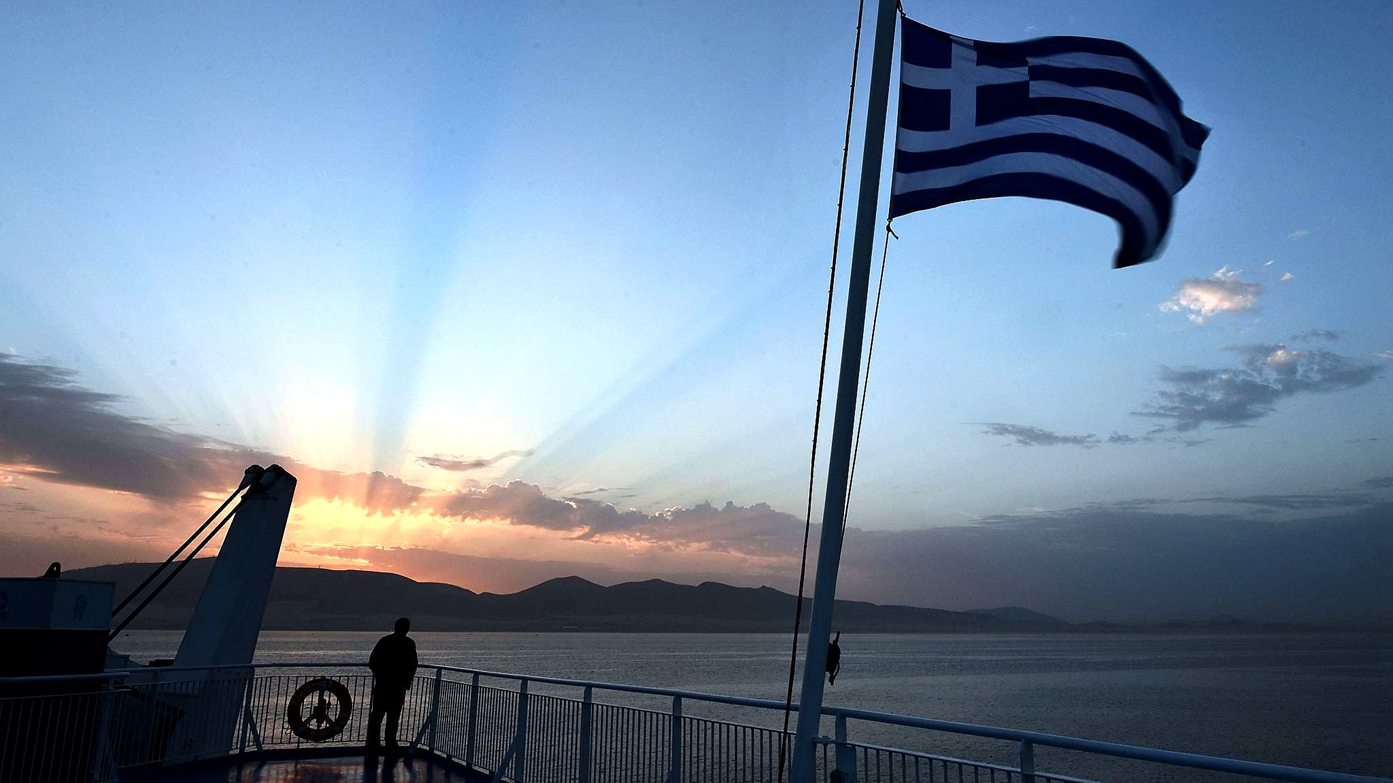
Before landing in Greece, all of my visions about this beautiful country were shaped by movies and books I had seen and read. The birthplace of Western civilization, with its philosophy, history and mythology, has impressed people across generations and centuries, including myself.
I was a little surprised to see certain areas didn't look prosperous. However, the blue sky, breathtaking sea, and friendly locals awakened my passion to further explore this place.

The Acropolis of Athens. /CGTN Photo
The Acropolis of Athens. /CGTN Photo
We visited the port of Piraeus, the largest port in Greece, which has benefited from the China-proposed Belt and Road Initiative. It's located a little less than 10 kilometers outside Athens. We were interested in the changes made to the port since Chinese company COSCO Shipping invested in it. The Piraeus Port is being converted into a transportation hub to serve the ever-growing trade between Europe and the rest of the world.
New chapter of Piraeus
We could see cruise ships and ferries docking just outside the headquarters of the Piraeus Port Authority (PPA). The PPA is keen on boosting tourism numbers, including more Chinese tourists (and the country's tourism reputation) by adding new berths for cruise ships within five years.
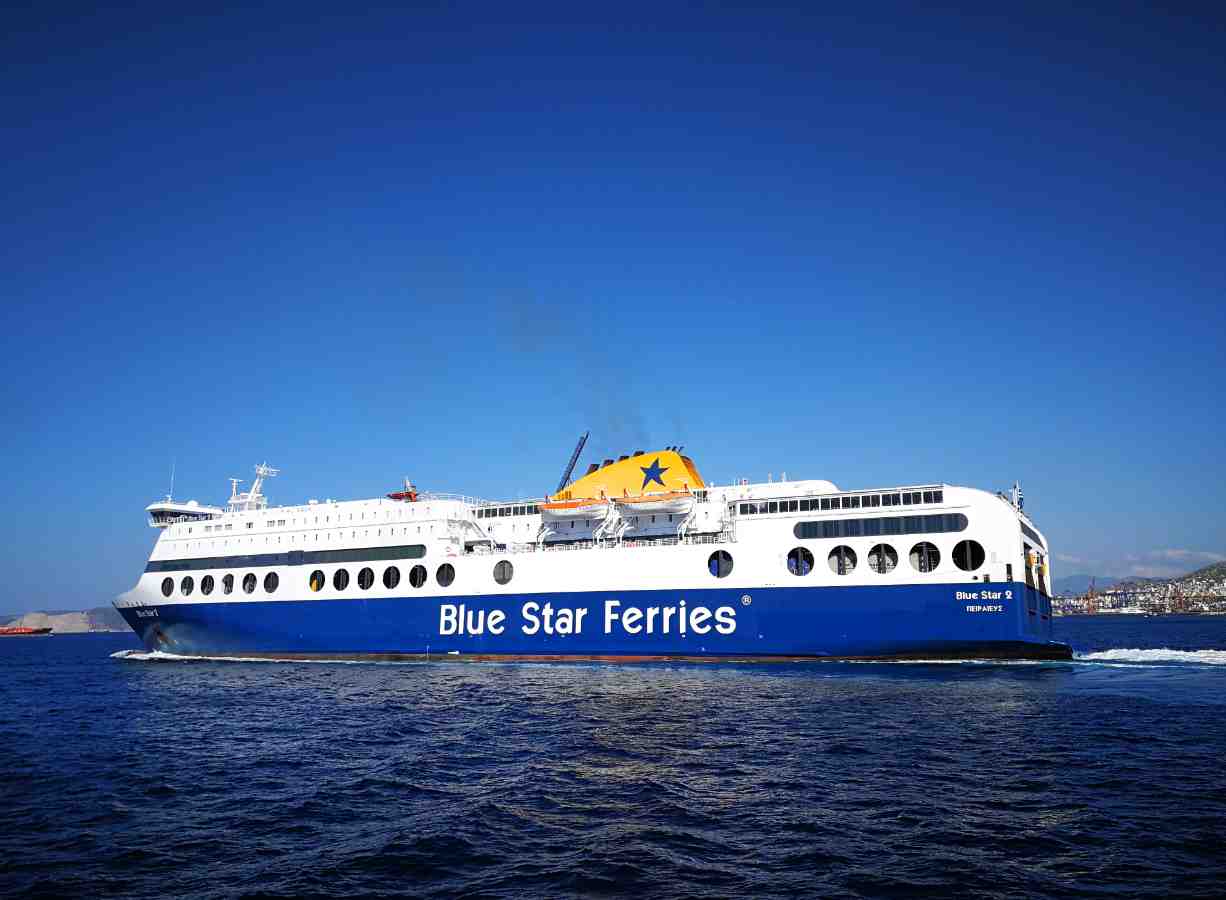
A ferry leaves the Piraeus port. /CGTN Photo
A ferry leaves the Piraeus port. /CGTN Photo
We drove down to see container terminals at the port. Piers 2 and 3 are operated by Piraeus Container Terminal (PCT), and receive investment from COSCO Shipping. About 20 shipping companies have become regular clients of PCT. The throughput volume here has surged since the start of cooperation between Piraeus Port Authority and COSCO Shipping, from 880,000 TEU (twenty-foot equivalent units, a measure of container traffic) in 2010, to 4,15 million in 2017.
Now, Pier 3 is undergoing expansion. The facilities look more advanced, and the pier will become one of the largest terminals in the Mediterranean Sea. By then, the annual capacity is expected to reach 7.2 million TEU.
Land-sea route
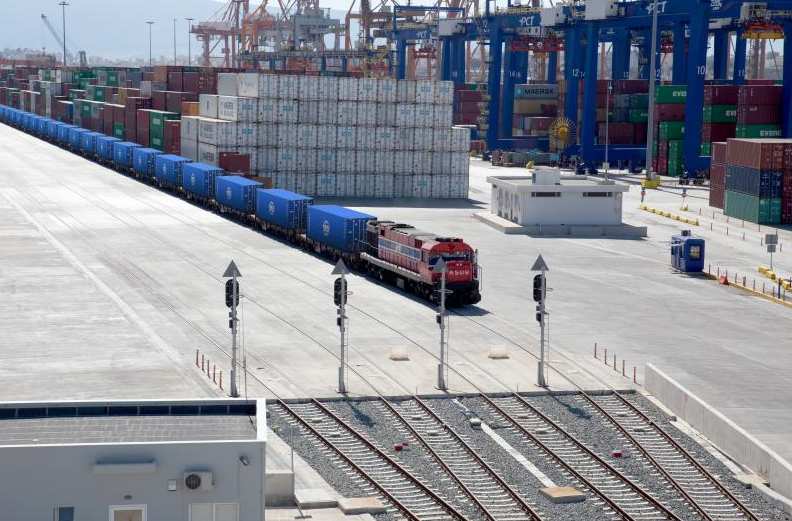
China-Europe route. /CGTN Photo
China-Europe route. /CGTN Photo
The Piraeus Port has a good geographic advantage.
A China-Europe land-sea route has been opened, to increase the time efficiency and reduce the cost of trade. Shipments can be delivered to Piraeus Port, and from there go to Hungary, Austria, the Czech Republic, Poland, and other Central and Eastern European countries. It can save between seven to 10 delivery days.
There are five trains scheduled per week, and there are currently more than 700 clients. This sea-land route can be a good choice for products that may get damaged during transportation in extremely cold weather.
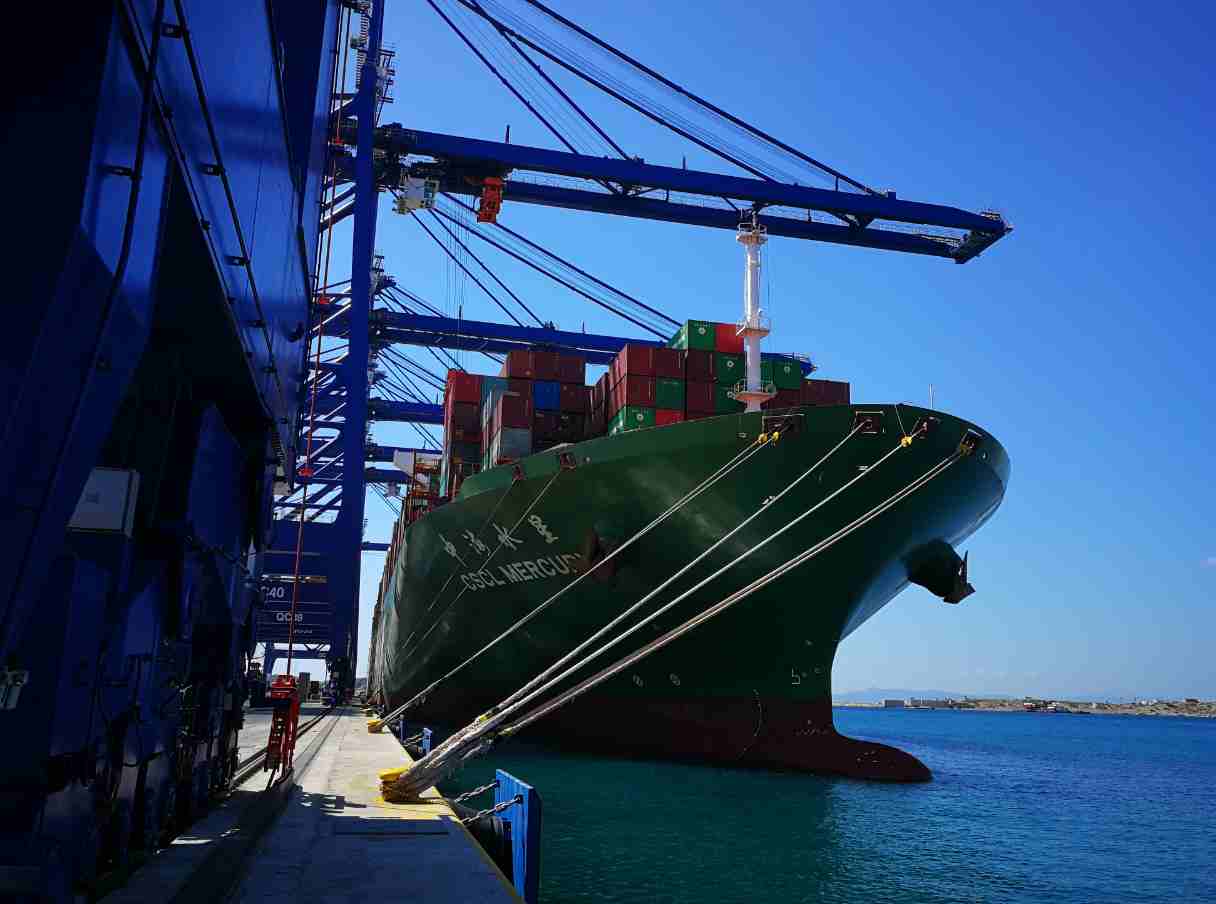
Ship repairing at Piraeus Port. /CGTN Photo
Ship repairing at Piraeus Port. /CGTN Photo
BRI brings job opportunities for locals
A two day-stay with PPA and PCT employees is a very short period of time. However, I could feel the employees' satisfaction with the management of COSCO Shipping, despite having had concerns before.
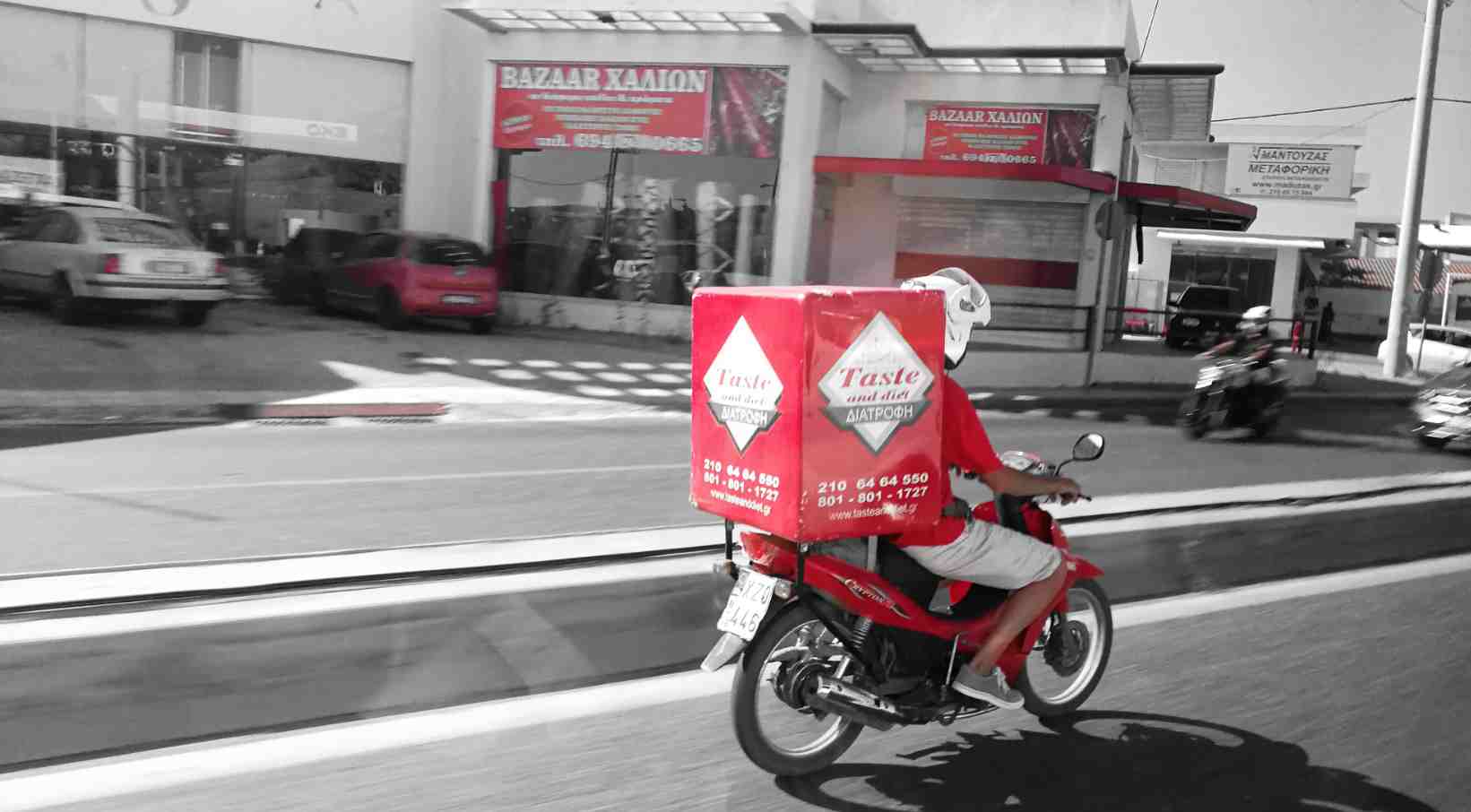
A street view in Greece. /CGTN Photo
A street view in Greece. /CGTN Photo
There are about 10 Chinese working there. So far, COSCO Shipping has created more than 2,600 jobs directly, and more than 8,000 indirectly for Greece. And, it's expected to bring 31,000 job opportunities with more investment in the future.
When asked about the Belt and Road Initiative, they responded with positive remarks, as they've seen the benefits of the project and believe it can help Greece's economy.
(Cover photo: A man watches the sunrise from a ferry near the port of Piraeus in Greece on April 23, 2014. /VCG Photo)
(Video by Chen Weikui)

SITEMAP
Copyright © 2018 CGTN. Beijing ICP prepared NO.16065310-3
Copyright © 2018 CGTN. Beijing ICP prepared NO.16065310-3